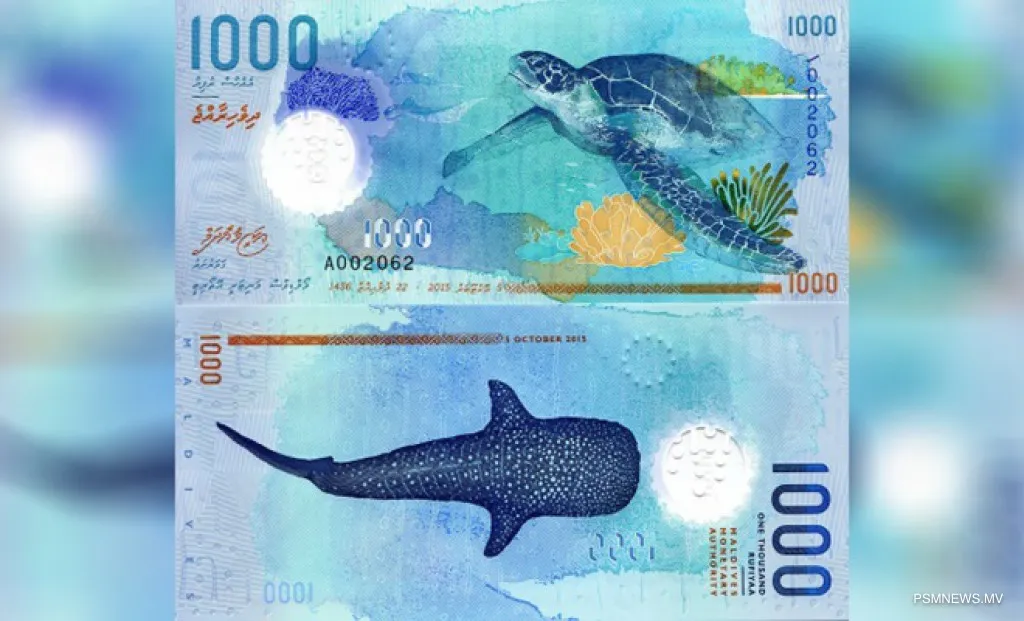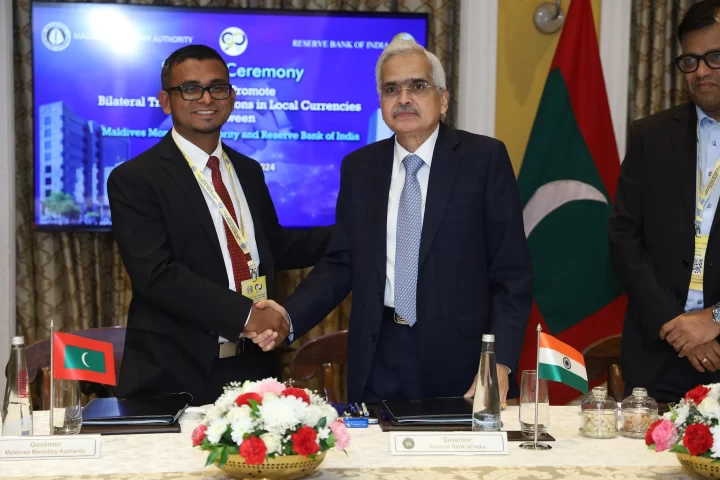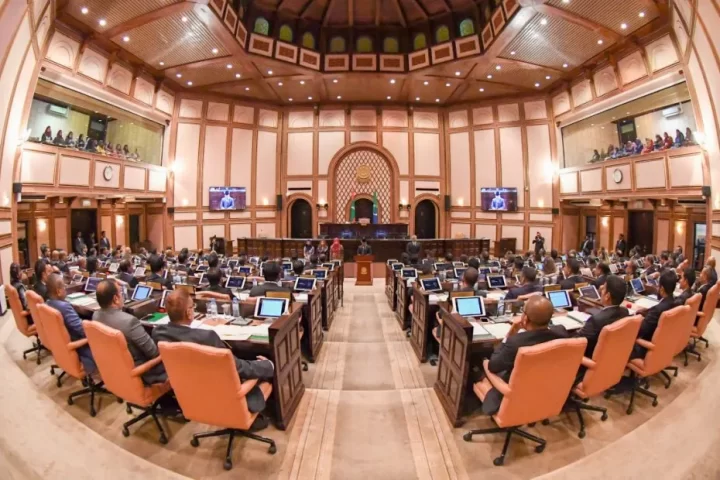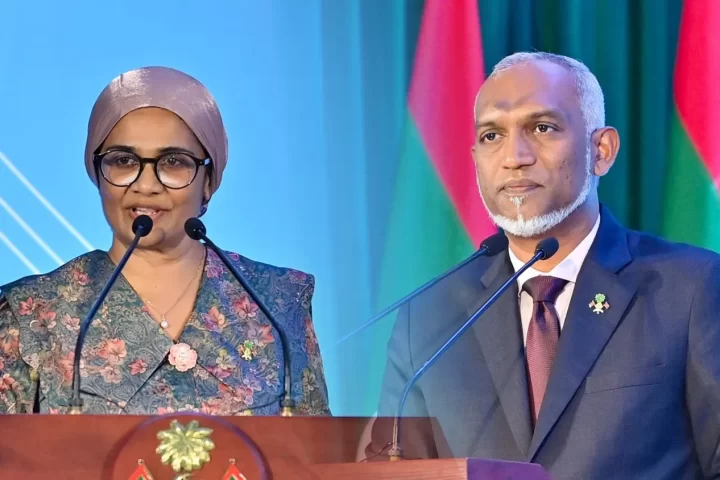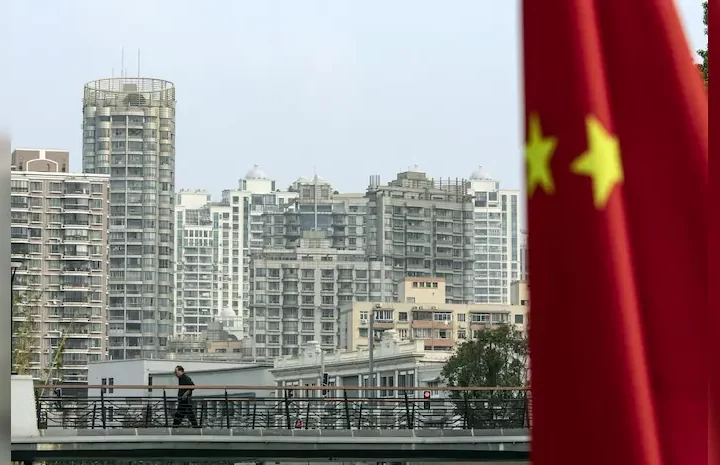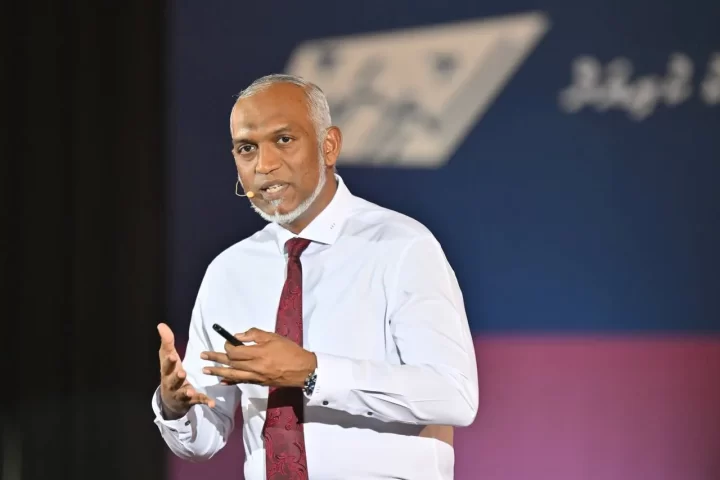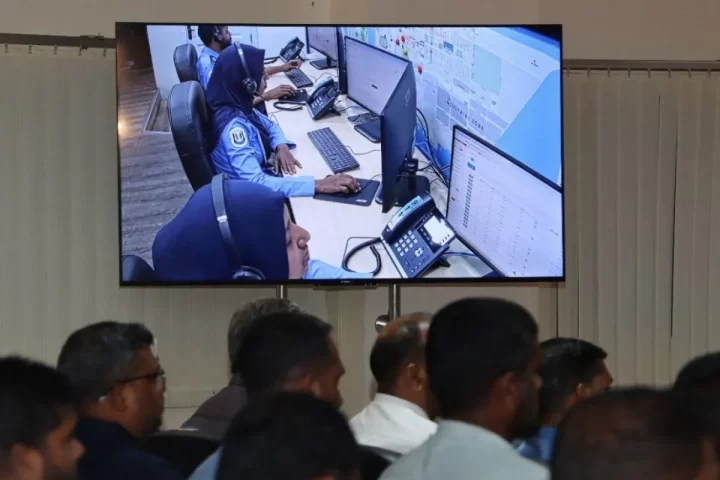Data from the Maldives Monetary Authority (MMA) sheds light on the continuous process of maintaining a healthy circulation of banknotes. Last year alone, the MMA undertook a significant operation to remove worn-out currency from circulation, destroying an impressive 391,957 polymer notes. This massive undertaking equated to removing 22,911,960 rufiyaa from circulation, highlighting the scale of currency management in the island nation.
Interestingly, the 20 rufiyaa note saw the highest rate of destruction, accounting for a substantial 39.9 percent of all notes removed. This statistic offers a glimpse into the circulation patterns of Maldivian currency, suggesting that the 20 rufiyaa denomination experiences the most wear and tear in day-to-day transactions.
The MMA’s currency exchange program, which allows the public to replace damaged notes, saw a notable decrease in activity. The amount of money received for exchange dropped by 16.3 percent compared to the previous year. This reduction could indicate improved durability of newer notes or changes in cash usage patterns among the Maldivian population.
The current series of rufiyaa notes, introduced in 2016, represents a significant leap forward in currency technology. These notes boast enhanced security features, making them more resistant to counterfeiting. Moreover, they’re designed to be more user-friendly, easier to carry, and more durable than their predecessors. To guide the public in handling these new notes, the MMA has issued specific guidelines covering proper care and usage, helping to extend the lifespan of the notes and maintain their integrity in circulation.
The history of Maldivian currency is a fascinating journey through time, reflecting the oldest unified country in south asia’s rich history and economic evolution. From humble beginnings with cowrie shells to today’s cutting-edge polymer banknotes, the Maldives’ monetary system has undergone remarkable transformations.
In the 13th century, the Maldives’ economy revolved around an unusual form of currency: cowrie shells. These small, glossy treasures from the sea were so valuable that Ibn Battuta, the famous traveler, noted in 1344 that over 40 ships loaded with shells were exported annually. To put their worth into perspective, a single gold dinar could fetch an astounding 400,000 shells. These cowrie shells were seen in Palestine’s Gaza too.
The first minted coins appeared during the reign of Sultan Ibrahim Iskandar (1648-1687), marking a significant shift from shells to metal. These pure silver coins, struck in the capital city of Malé, bore the grand inscription “King of Land and Sea, Iskandhar the Great” on their edges, showcasing the sultan’s ambition and the nation’s growing sophistication.
Fast forward to the 20th century, and we see another leap in the Maldives’ currency evolution. In the early 1960s, Sultan Mohamed Fareed I, the last king, commissioned a new set of coins from England’s Royal Mint. This modern coinage, ranging from 1 to 50 laari, featured the National Emblem instead of the ruler’s title, signaling a shift towards a more state-centric approach.
The introduction of paper money came in 1945 when the Maldivian Parliament passed a law establishing official banknotes. September 5, 1948, saw the circulation of the first Maldivian rupee notes, with denominations from half a rufiyaa to 10 rufiyaa. Higher value notes of 50 and 100 rufiyaa followed in 1951.
These banknotes for the Maldives, like its stamps, weren’t just functional; they were works of art. Local artists Late Scientist Maizan Hassan Manik and Ahmed Abbaas created vibrant illustrations for the notes, infusing them with Maldivian cultural elements and adding a unique aesthetic appeal.
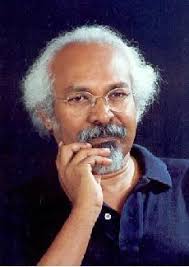
In a bold move towards modernization, the Maldives Monetary Authority introduced a new family of banknotes in 2015. Printed on De La Rue’s polymer substrate, these notes represent the cutting edge of currency technology. The rollout began with a commemorative 5,000 Rufiyaa note in July, followed by a complete set of denominations from 5 to 1,000 Rufiyaa in October of the same year.
This transition to polymer notes is more than just a technological upgrade. It symbolizes the Maldives’ commitment to innovation and its readiness to adapt to changing economic landscapes. From the shores where cowrie shells once reigned supreme to the modern banking halls dealing in high-tech polymer notes, the story of Maldivian currency is one of constant evolution, mirroring the nation’s journey from an isolated island chain to a globally connected economy.
